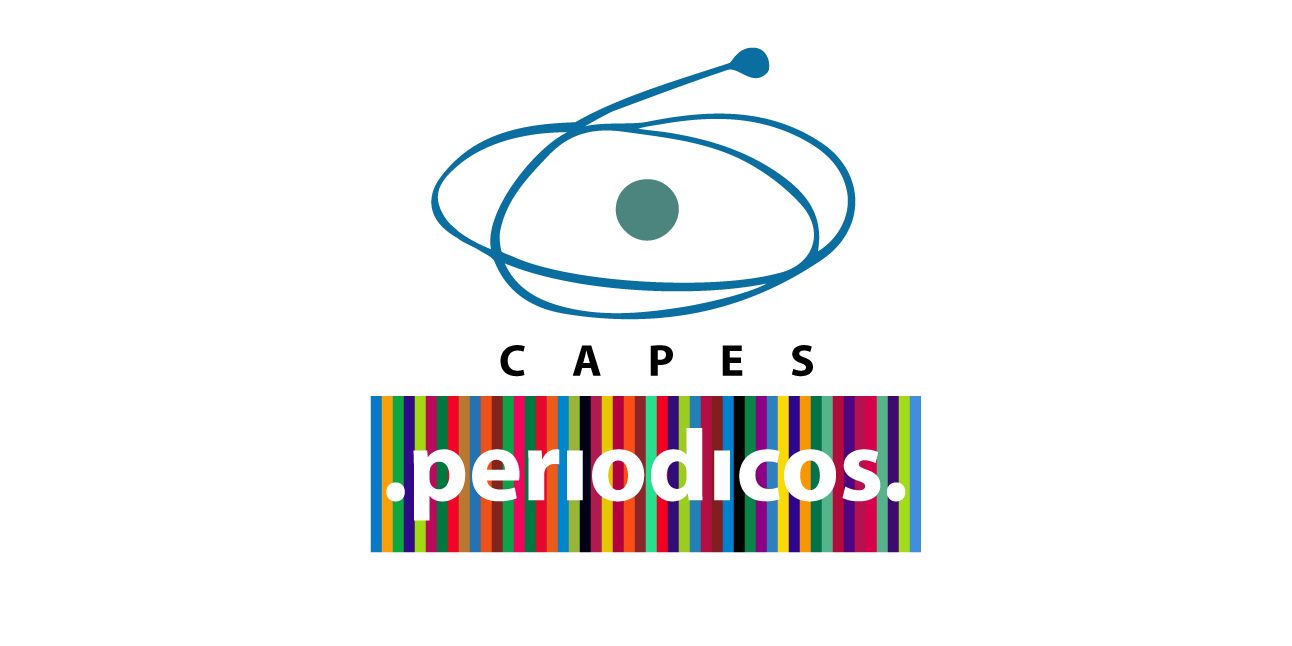Knowledge about STD´s prevention methods and abuse drugs by students in the state high schools in the city of Candói-PR
Keywords:
Doenças sexualmente transmissíveis, drogas de abuso, prevençãoAbstract
Sexually transmitted diseases (STDs) are prevalent in adolescence and they are facilitators for the contamination by HIV. Early sexual intercourses, change of partners, the non use of condoms and contraceptives methods as well as the use of illegal drugs are pointed as risk factors for STDs, allied to the lack of information. At the same time, an increase in the use of drugs is taking place. The present work has the objective to assess the level of information and knowledge that young people in four state high schools in the city of Candoi-PR have about STDs, drugs and contraceptive methods. The high levels of early, non-planned pregnancy and the subjects of this research to assess the level of these young people about the thenes in question. The results were statistically analuzed. 52% (236) were female, and 48% (218) were male, with avarage age between 16 and 17 years. In relation to the information received, 14% (65) said that they had received information from thair parents; 73% (333) from the school by their teachers; 8% (31) by the state and 5% (21) from friends; 93% said they knew wath STDs were and 88% (398) knew some of them. Among all interviewed, 94% (425) said that they had recived information about the transmission and prevention of diseases. In relation to the level of information, 65% (297) consider themselves well informed, but 51% (230) said that the diseases are only transmitted by sexual intercourse. In relation to legal drugs, 4% (20) used tobacco frequently and 12% (55) took alcoholic beverages frequently. In relation to their sexual initiation, 53% (239) had already had sexual relationships, and the average age for the first relation was between 14 and 15 years. Among those who are sexually active, 68% (163) used condoms in all relations; 10% (24) never used and 22% (52) hardly ever. It was also observed that 34% (80) changed partners frequently. As for the use of contraceptives, 17% (41) of girls had already used or still used, and 6% (12) got pregnant with ages between 12 and 16 years, and four mentioned the practice of abortion. Just a small number of girls had consulted with a gynecologist, 18% (43) and 5% (13) had already done some kind of preventive examination, were 10% (24) had already presented symptoms such as intense vaginal running and/or foul smell, from which 54% (13) sought treatment in the health centers and pharmacies, whereas the others did not seek help in the protection; the adolescents need to leam to identify a risky situation, understand their vulnerability, know the alternatives they have to protect themselves, and decide which alternative is better for each situation, by being awere of the riskj and by being capable to understand the later consequences. Preventive actions through health programs at city, state and national levels are necessary.Downloads
Published
2007-07-23
How to Cite
Melo, E. J. de, Silva, D. L. D. da, & Oliveira, K. M. P. de. (2007). Knowledge about STD´s prevention methods and abuse drugs by students in the state high schools in the city of Candói-PR. Iniciação Científica Cesumar, 8(Especial), 49–55. Retrieved from https://periodicos.unicesumar.edu.br/index.php/iccesumar/article/view/137
Issue
Section
Artigos Originais
License
The Editorial Board is authorized to make certain changes in the original text to comply with bibliographical norms, orthography and grammar, so that standards in language and style may be maintained. However, the author´s style will be preserved. The concepts developed by the authors are their exclusive concern and responsibility.In case of approval, the e-mail of acceptance will contain a Letter of Copyright with authors´ name, personal data, and signature of all authors.






